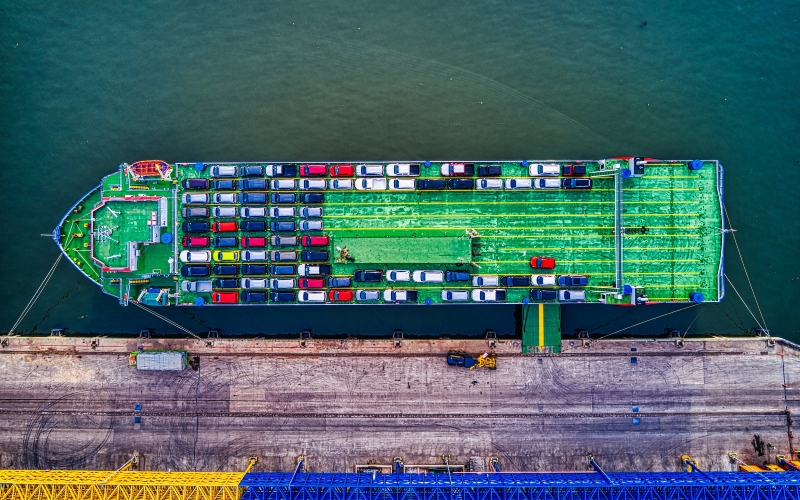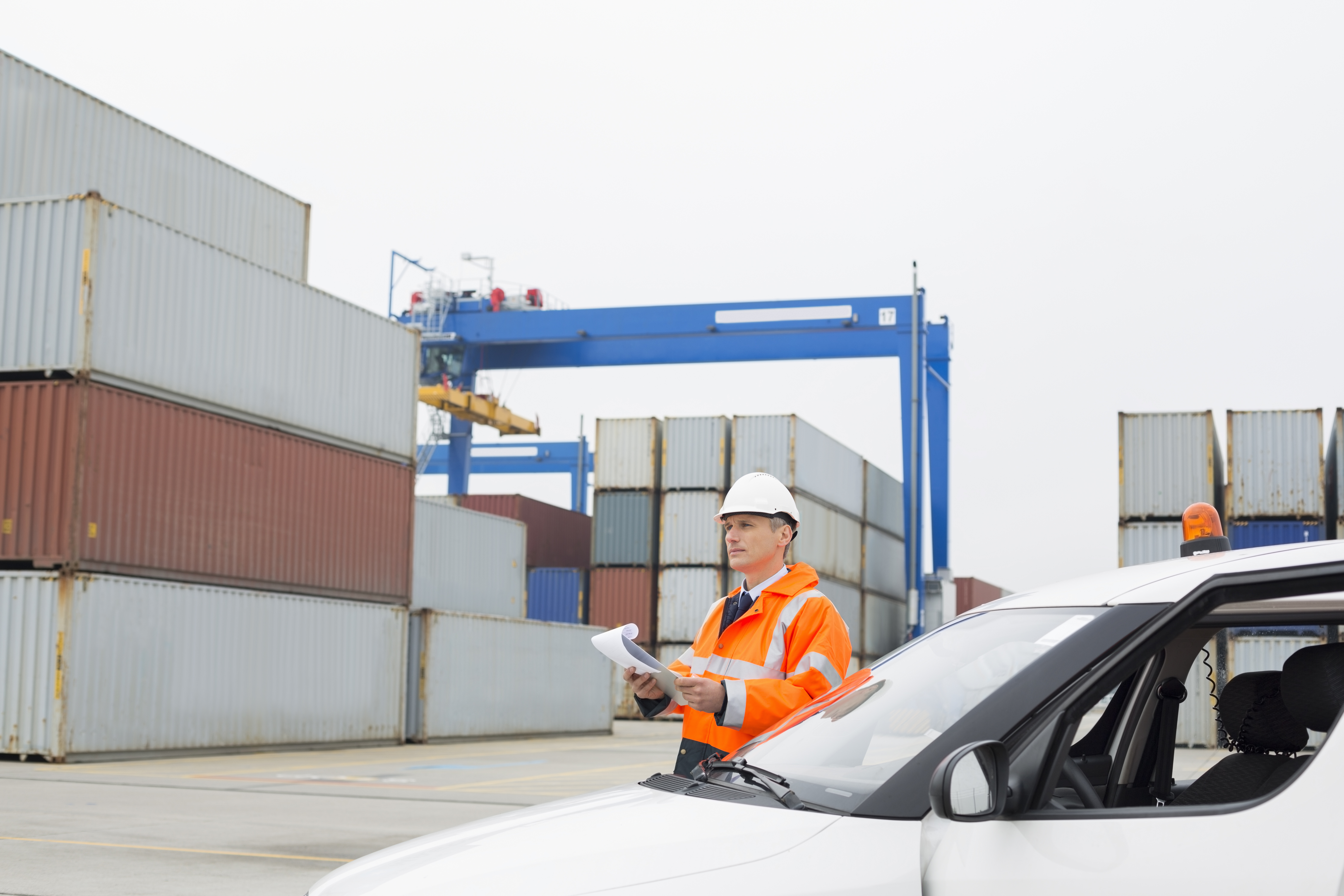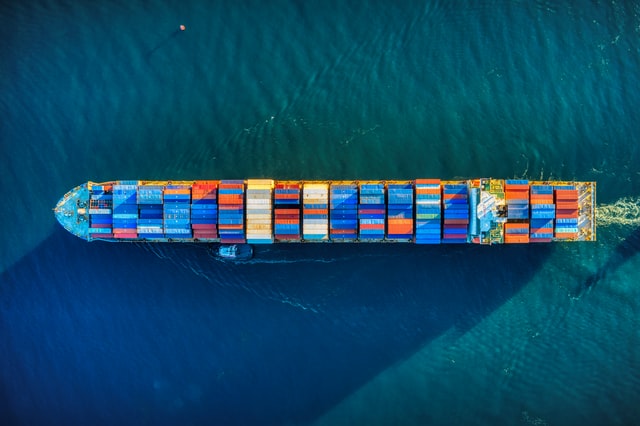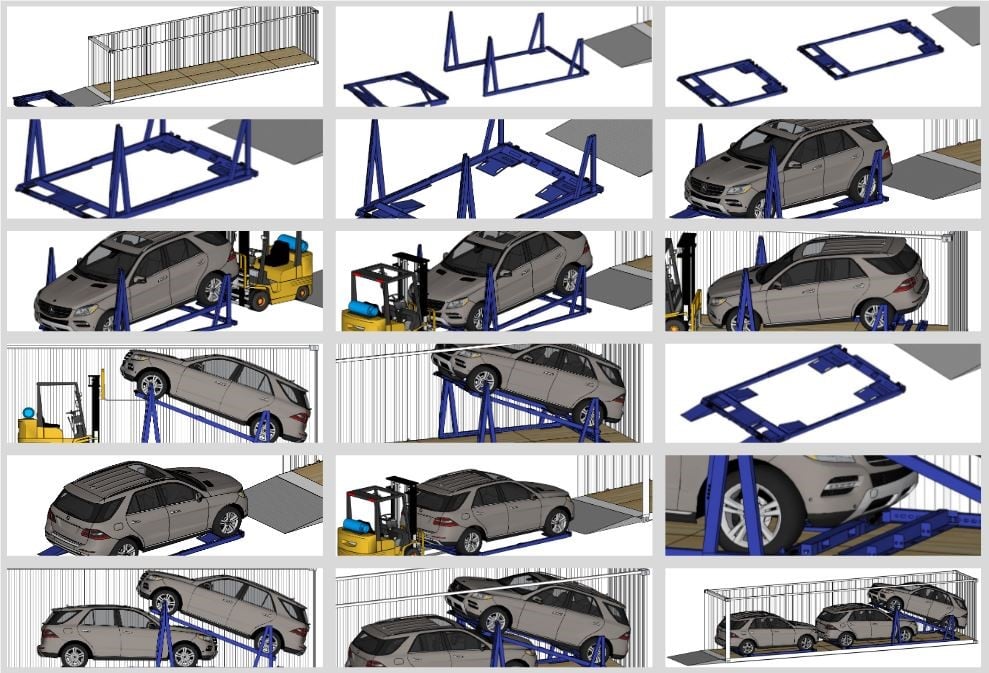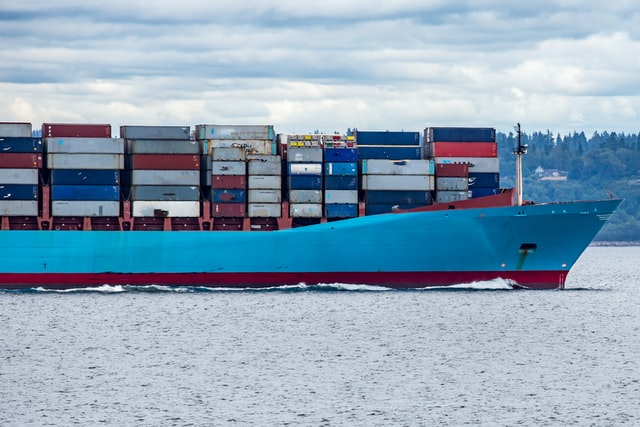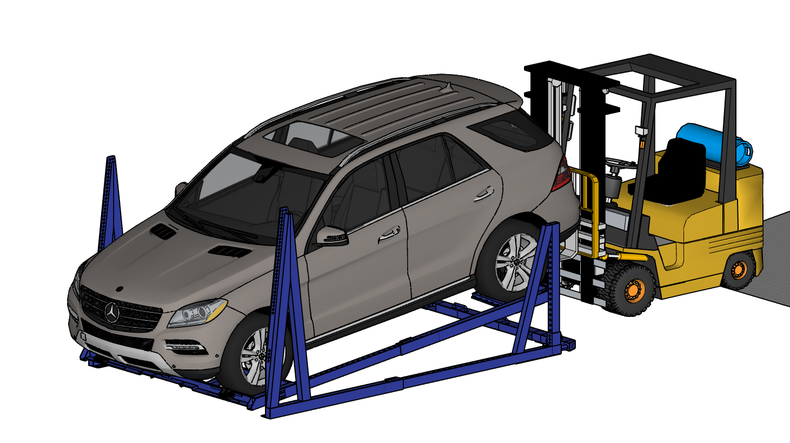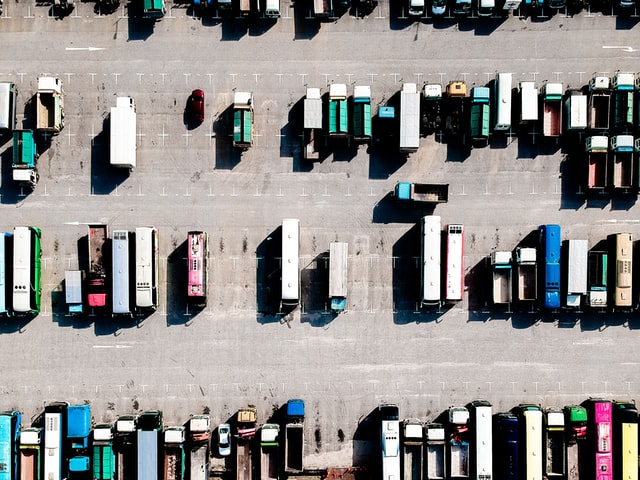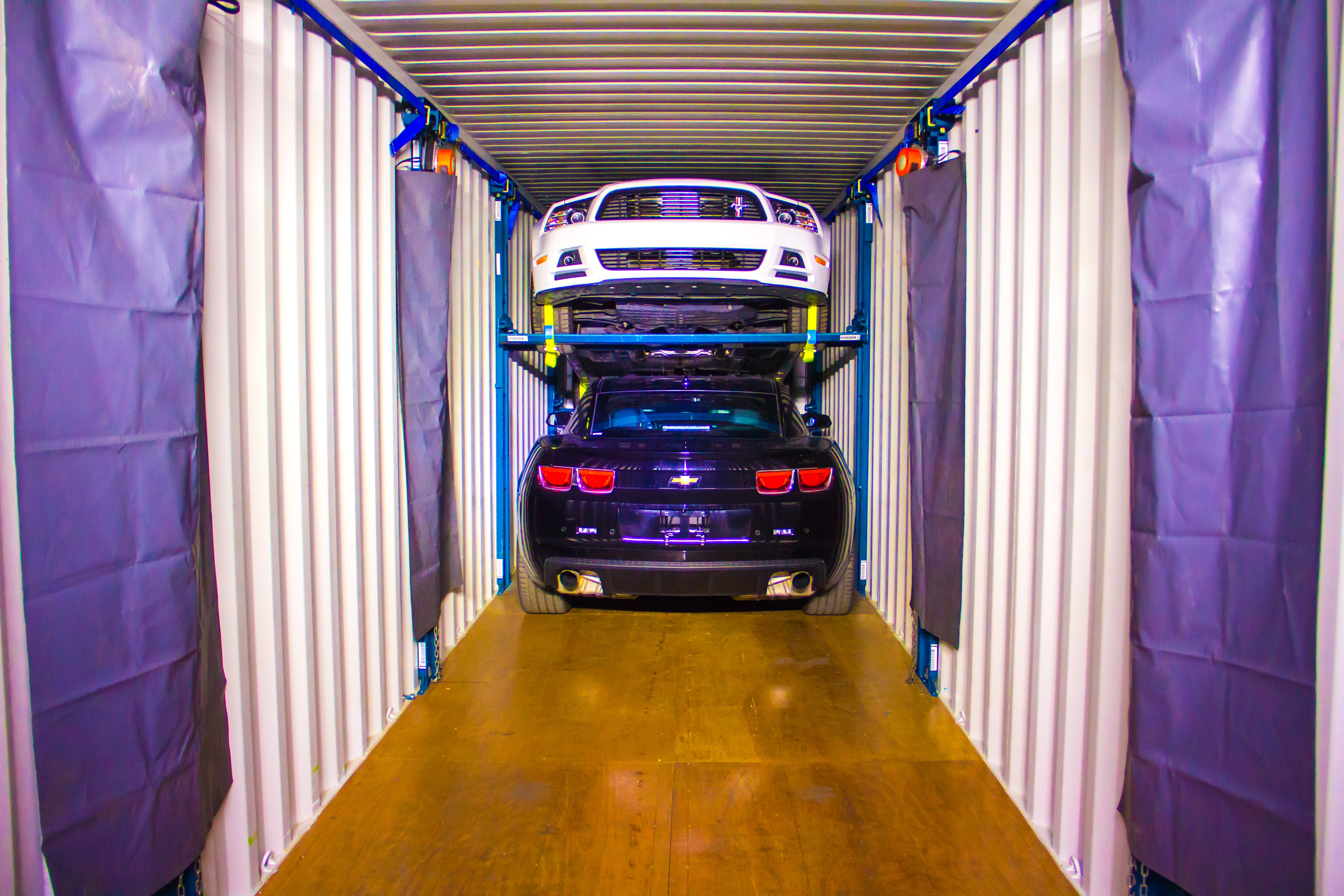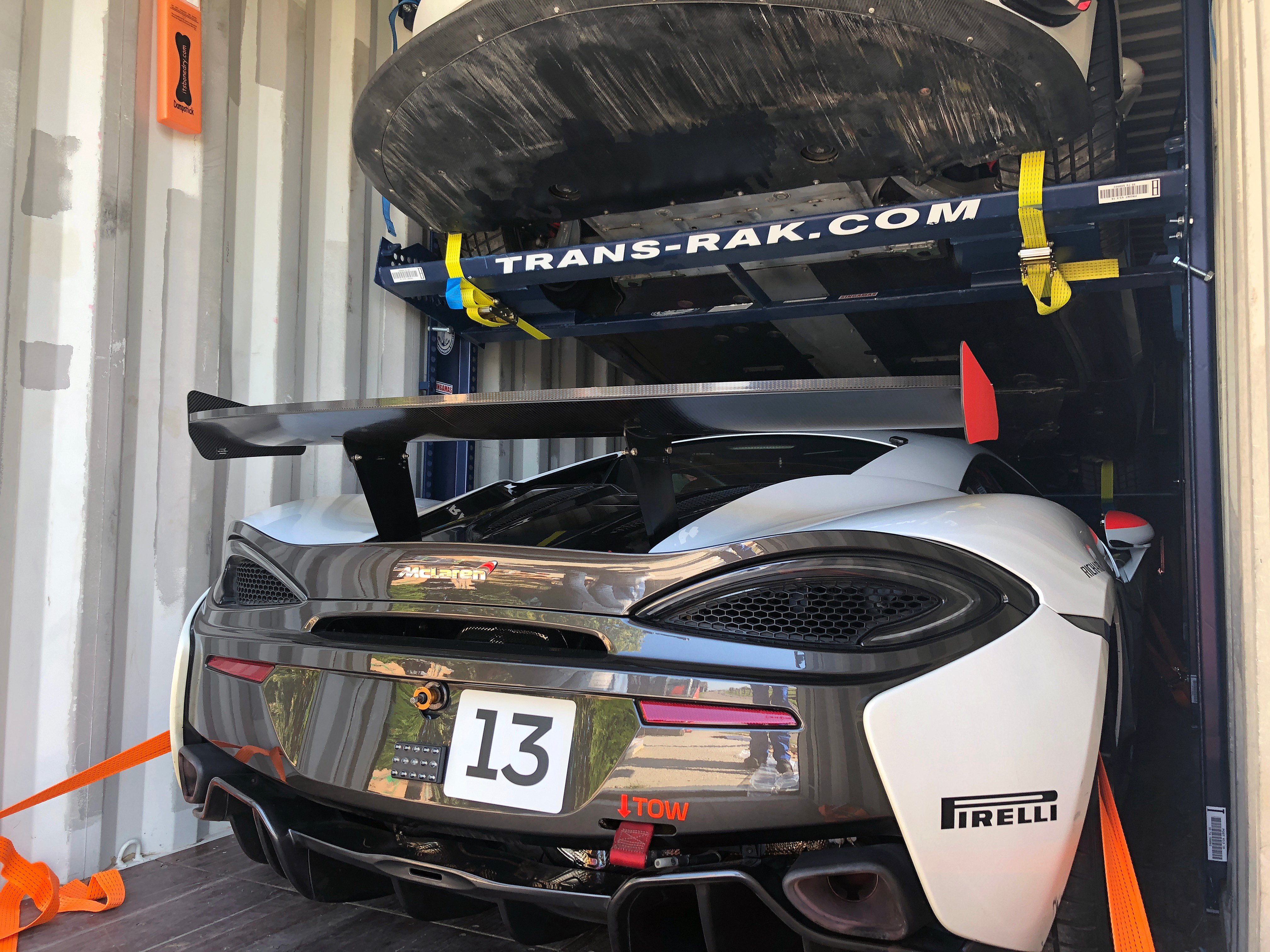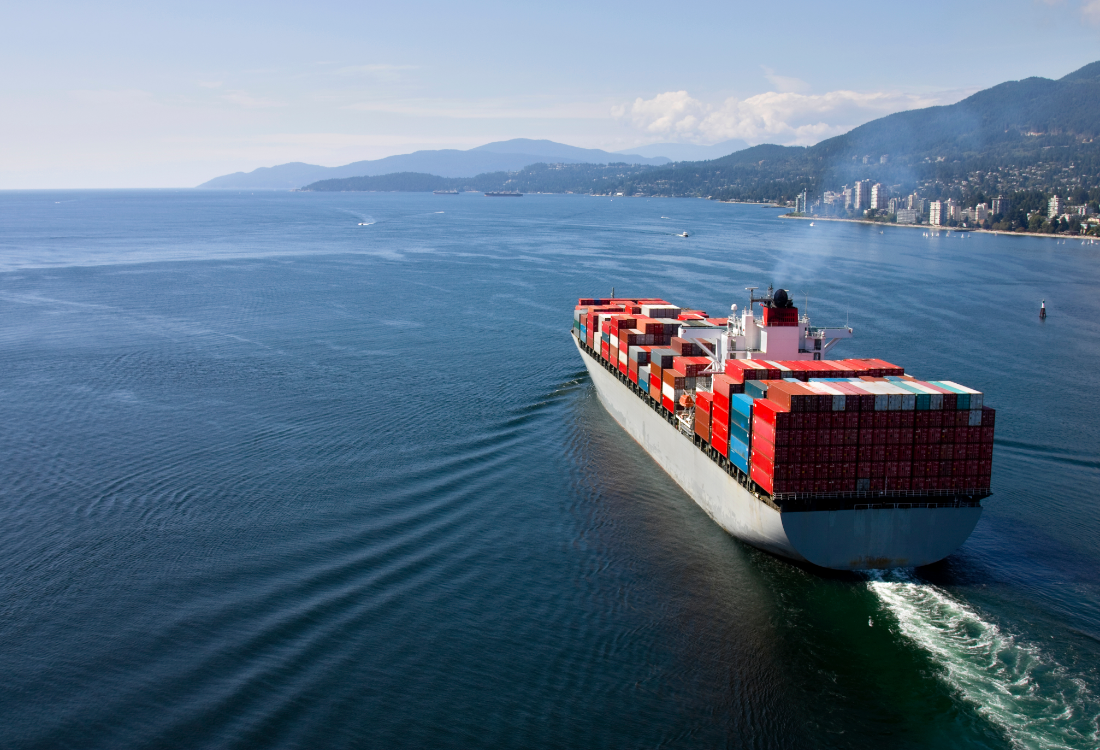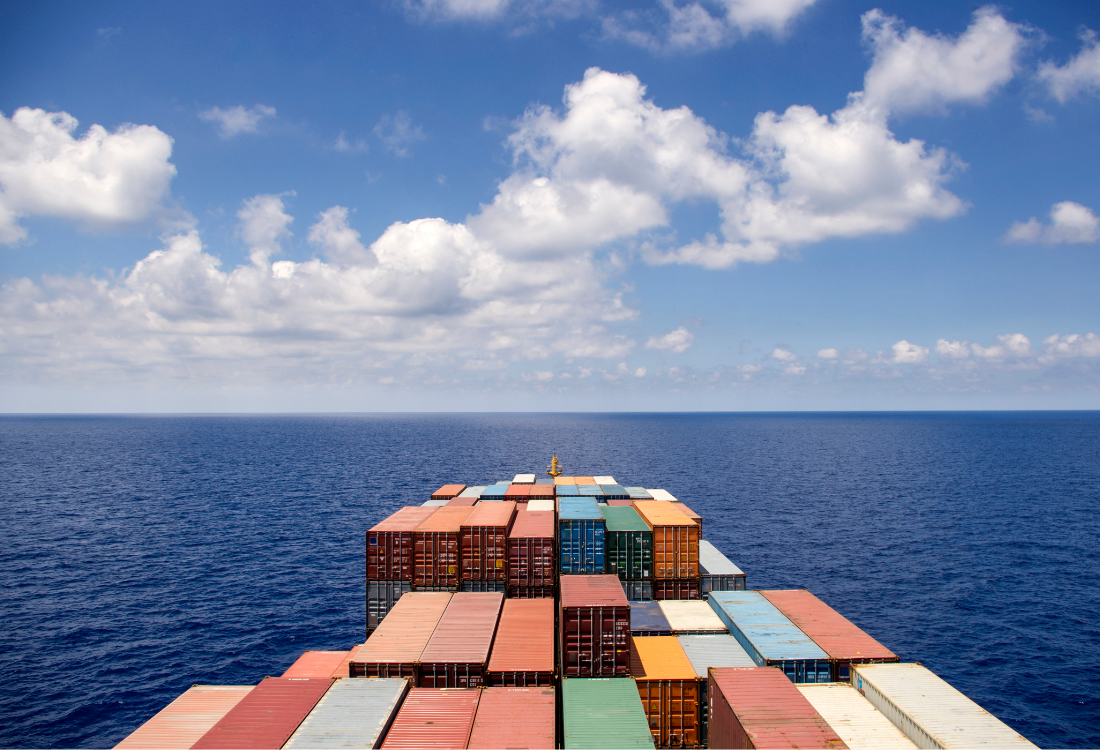Indonesia is a hub for car transportation in East Asia, with many cars being shipped into Tanjung Priok port in North Jakarta, and from there to Asia, Australia, The Americas, and other locations. The shipping lines throughout Indonesia – the largest island archipelago in the world containing over 14,000 islands– are also busy with car shipments going from island to island, especially the population centres of Sumatra, Java, and Kalimantan.
Read MoreNEWS BLOG
Shipping Cars To And From Indonesia – How To Save Time & Reduce Risk
Why Trust Trans-Rak For Your Reusable Container Racking Systems?
As our readers are acutely aware, automotive businesses that specialise in containerised car transport operate in a very competitive sector, where opportunities to bring costs down sustainably simply can't be missed. These businesses compete with local as well as international companies with wide-reaching networks, interests, and investments.
Read MoreHow Do I Know That My Cars Will Fit in Your Racking System?
With the cost challenges faced by the logistics industry today, switching to vehicle racking systems for containerised transport can be a make-or-break decision for automotive businesses that run large-scale shipping operations. As container prices remain stubbornly high, using multi-vehicle racking solutions is quickly becoming the most convenient way to make containerised shipping more economically viable and sustainable. But clever as they may seem, not all racking solutions can deliver the goods in terms of space efficiency, versatility, and cost. That's why we offer a 3D simulation service whenever our customers request a quote.
Read MoreIs Container Shipping A Secure Way Of Transporting Cars Internationally?
In the world of long-haul international car transport, safety is everything. For shippers, an overarching concern is that the vehicles might be subject to theft, loss, or damage, or that harm may come to the people handling them. This applies to all forms of vehicle transport, and to containerised shipping in particular because of the sheer scale of these operations and the distances involved. Thankfully, shipping cars in containers is much safer than is widely believed.
Read MoreHow To Load 4 Cars In A Container Using The EL-RAK
An EL-RAK is one of the quickest and easiest ways to securely load up to four vehicles into a container. Here is a quick guide to how it’s done.
Read MoreCOP26 Calls For 'Decarbonising' The Shipping Industry. What Does This Mean For Container Shipping?
The UN's belated 26th Conference of Parties (COP26) drew attention once more to the Paris Agreement and the shipping industry's potential to limit carbon emissions. At the event, a total of 14 governments signed the Declaration on Zero Emission Shipping by 2050, committing to a climate neutral shipping industry in less than 3 decades. But what does all this mean for the container shipping sector?
Read MoreHow To Reduce Handling Time with Your International Car Shipments
The international car shipping sector is rife with misconceptions. For instance, many uphold the view that RORO is the gold standard for cautious and efficient vehicle transportation across continents. This may have once been the case, yet much has changed in the world of car transport, and there are innovations in this field that could easily outshine the RORO model, if given the chance. Trans-Rak's container racking systems are a clear example of the benefits of container shipping for cars, in terms of handling and safety.
Read More7 Advantages Of The New EL-RAK System
Trans-Rak International launches the new EL-RAK which is an exterior loading cassette system for loading all types of vehicles in any size of ISO shipping container. This new product compliments Trans-Rak’s existing racking systems, giving the customer complete choice of either loading inside the container or outside. This, along with the DL-RAK for loading cars along the floor of the container and SKD-RAK for loading bodies, completes a suite of products to meet any customer need.
Read MoreVehicle Logistics Trends – 5 Year Forecast
“Semiconductor shortages, spiking container shipping rates, and the ‘everything shortage’…” The Automotive Logistics and Supply Chain Global Live 2021 opened in Detroit with some sombre observations. Despite this, the overall mood among global car transport companies is one of optimism. As an industry faced with the overwhelming pressures of global upheaval, uncertainty, and supply chain chaos, vehicle logistics have demonstrated outstanding resilience. Here are a few glimpses of the silver lining!
Read MoreEL-RAK, R-RAK, or DL-RAK – Which Steel Racking System Do I Need?
With their space optimisation design, enhanced safety features, and extended usability, steel racking systems are the go-to option for containerised vehicle logistics. Although all our racks are defined by their versatility, using the right equipment for the specific need can improve efficiency and returns. Here’s an easy-read guide to our main products.
Read More
